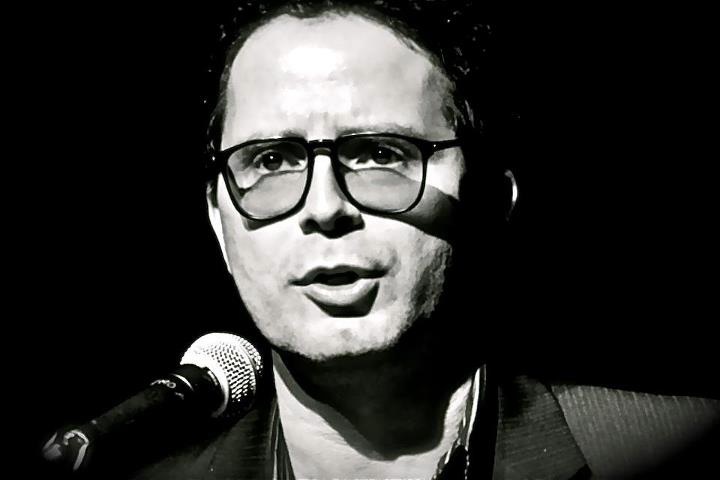That is the title of a report released two weeks ago by the Corporación Nuevo Arco Iris, one of a small handful of security-focused think-tanks in Bogotá. It has received a lot of attention in the Colombian media because it warns of some bad news.
For the first time since Álvaro Uribe and his get-tough “Democratic Security” policy entered Colombia’s presidency in 2002, the country’s security indicators are headed in the wrong direction. Nuevo Arco Iris contends that the Uribe government’s policies are experiencing diminishing returns after a high point in mid-2008, when paramilitary leaders were extradited, hostages were freed, and top FARC leaders were killed.
Here are a few points that stood out in my reading of the report.
- The FARC are more active. Nuevo Arco Iris registered 1,429 actions initiated by this guerrilla group through October 20, 2009 – more than 30 percent more than in all of 2008. Their increased capacity is most evident in the southwestern departments of Cauca and Nariño, the Orinoco-basin department of Guaviare, and the coca-producing Bajo Cauca region in northern Antioquia department. The guerrillas are relying ever more heavily on landmines – including the planting of enormous minefields – and snipers. This, Nuevo Arco Iris says, is part of the FARC’s “Plan Renacer” (Rebirth Plan) begun after “Alfonso Cano” took over the group’s leadership in 2008.
- “New” paramilitary groups are far more active. In 2008 and 2009, Nuevo Arco Iris detected activity of “emerging criminal bands,” or groups including elements of the now-defunct United Self-Defense Forces of Colombia (AUC), in 293 of Colombia’s 1,100 municipalities (counties). They estimate 11,000 people belonging to dozens of such armed bands.
- Crisis in Medellín. While a few years ago Medellín had reduced its murder rate to 32 killings per 100,000 residents, this year the murder rate has shot back up to 73 per 100,000 residents. Nuevo Arco Iris attributes the rise to violence between gangs, narcotrafficking groups and re-forming paramilitary groups, all of them trying to fill the vacuum left by the boss who had dominated the city’s criminality for much of the 2000s: paramilitary leader Diego Fernando Murillo, “Don Berna,” extradited to the United States in May 2008.
- “New” paramilitaries are also increasingly active in Bogotá, especially poor and working-class neighborhoods in the city’s west and south. They appear to exercise significant influence in the city’s main food wholesaling and distribution center, Corabastos, and over the city’s semi-legal markets in untaxed and often counterfeit goods, known as “Sanandresitos.”
- Judicial actions in cases of “false positives” or extrajudicial executions. Nuevo Arco Iris reports that Colombia’s Prosecutor-General’s Office (Fiscalía) is currently investigating more than 2,000 members of Colombia’s armed forces on charges of killing civilians and presenting them later as civilians killed in combat. Of this number, 476 are detained, a few serving jail terms and most awaiting trial.

No comments:
Post a Comment